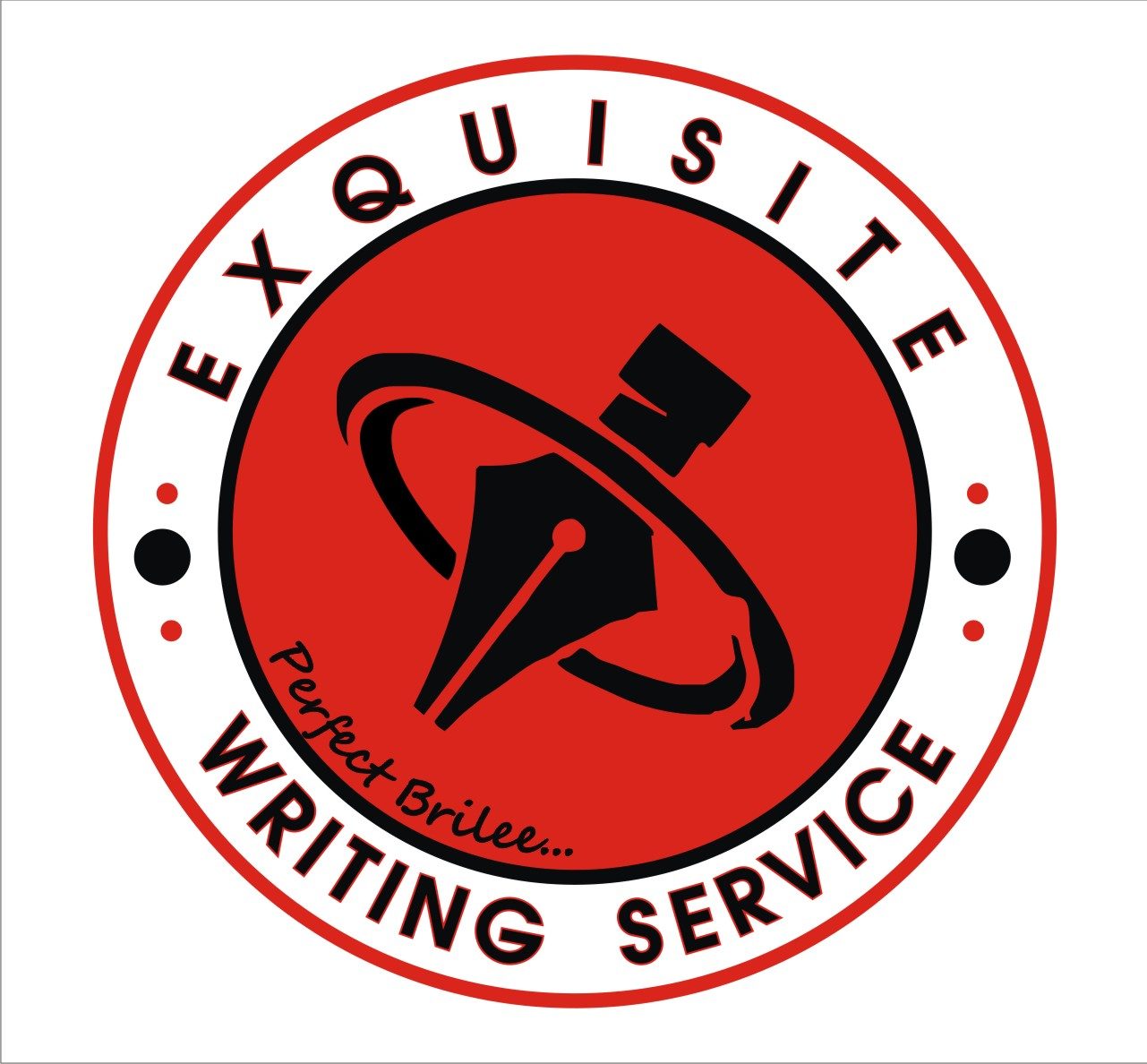We rarely talk about humor in creative writing, but now that you’re searching for humorous writing examples, you’re one of us—so welcome!
Humor is a powerful tool in writing! This claim is supported by the research done by Harvard Business Review.
It aims to entertain, persuade, and make tough ideas more easy and digestible.
Whether you’re writing a blog, crafting a novel, or even drafting a technical document, adding a touch of humor can make you engage more with your reader.
But I understand what you’re searching for: How can I incorporate humor effectively?
In this article, we’ll explore different types of humorous writing examples;
There is more; we’ll showcase examples from literature and modern media and how humor can be used in business and technical writing.
So, let’s fire on!

Humorous Writing Examples to Make Your Readers Laugh
Each humor style offers a different way to connect emotionally with readers.
Whether you’re crafting fiction or content marketing, understanding these types will help you choose the right tone and timing.
Below are some key types of humor in writing:
1. Satire: Laughing at Society
Satire is one of the most thought-provoking and sophisticated forms of humor.
It exaggerates, ridicules, and mocks aspects of society—politics, culture, and human behavior—while making a deeper point.
Unlike pure comedy, satire carries messages, using humor to expose corruption, hypocrisy, or absurdity in the world.
- Example: Jonathan Swift’s – A Modest Proposal (1729)
This essay takes an absurd and shocking approach to criticizing England’s treatment of the Irish poor.
In this essay, Swift sarcastically suggests the solution to poverty—the Irish should sell their babies as food.
This proposal is outrageous, yet it highlights a key message: the ruling class’s cold indifference toward the downtrodden.
If you’re exploring writing professionally, see our post on Simple Writing Jobs From Home.
2. Sarcasm and Irony: Saying One Thing and Meaning Another
Sarcasm is a sharp, cutting humor that often expresses skepticism or contempt.
Irony involves unexpected contradictions—situations in which reality is far from what one expected.
Both Irony and Sarcasm rely on contrast to create comedic effect.
- Example: Mark Twain
- “I didn’t attend the wedding but sent a great letter saying I approved it.”
This is pure sarcasm—pretending to express politeness while delivering a ruthless jab.
3. Dark Humor: The art of Laughing in the face of tragedy
Dark humor finds comedy in the grim, macabre, or morbid.
It’s a way of addressing serious topics—war, suffering, and death—through laughter.
Of course, this type of humor isn’t for everyone, but it can be used as a coping mechanism or a great way to highlight the absurdity of tragedy.
- Example: Kurt Vonnegut’s Slaughterhouse-Five
In this novel, the phrase “So it goes” follows whenever death is mentioned. This repeated phrase transitions the horrors of war into a running joke, reinforcing the theme of indifference.
4. Absurdity and Nonsense: An Art of the Ridiculous
Sometimes, we have seen that humor works best when it ignores logic completely.
Absurdity thrives on surreal, bizarre, and nonsensical elements, often making no sense at all—but no doubt that makes it funny.
- Example: Lewis Carroll’s Alice’s Adventures in Wonderland
The Mad Hatter asks Alice, “Why is a raven like a writing desk?” When Alice asks Mad Hatter for the answer, he admits he doesn’t have one.
The humor here comes from the illogical and random nature of the conversation.
5. Puns and Witty Wordplay: Because Who Doesn’t Love a Good Dad Joke?
Wordplay and Puns are lighter, clever forms of humor that express multiple meanings of words. They can be witty and sophisticated or so bad they’re good (see: Dad jokes).
- Example: Oscar Wilde: The Importance of Being Earnest
This entire play centers around a pun. The name “Earnest” refers to the character’s name and the quality of being truthful.
The humor comes from the double meaning, as the character is neither named Earnest or earnest.
Even tech brands like Apple play with puns:
For example, when they said: “This MacBook is light-years ahead.” (Referring to both weight and innovation.)
Yes, humor makes writing memorable.
Whether you use sarcasm, satire, dark humor, puns, or absurdity, humor makes writing more relatable, engaging, and enjoyable.
Some humor is thought-provoking and subtle; some are wild and nonsensical.
What is the key? Knowing your audience and timing your jokes well.
Humor in Modern Writing
Today, writers and content creators across all platforms incorporate comedy into social media posts, blogs, product descriptions, and corporate discussions. Here are some further humorous writing examples:
Example: David Sedaris
David Sedaris is a master when it comes to turning the mundane and irritating into comedic gold. His essays, like those in “Me Talk Pretty One Day,” take what seems like ordinary experiences, like struggling with a new family holiday gathering or language family holiday, and transform them into hilarious reflections on human nature. This skill has earned Sedaris a devoted following, validating that humor can come from the most unusual places.
Humor in Social Media and Modern Marketing
Humor has developed as a universal means of communication.
Brands that traditionally focus on sales and services are now embracing humor. Why? To engage audiences and build a more approachable and relatable identity. This can help companies stand out in a sea of marketing messages.
- Example: Wendy’s Twitter
Wendy’s Twitter account features sarcasm and sharp humor, which are used to build the brand’s identity.
With its roast-style responses and witty replies, Wendy’s has created a bold and playful personality—leading to many viral moments.
Humor in Unexpected Places
Humor’s influence is increasingly spreading to even business and technical writing. That might surprise you, but humor has found its place even in areas where clarity, accuracy, and professionalism are paramount. Here are a few humorous writing examples in unexpected place:
Business and Marketing:
In the past, corporate communication used to be formal and dry. But today, businesses are learning that humor can make them more approachable and memorable.
By ditching jargon-filled and stiff language for witty or quirky messaging, companies create a brand identity that relates to consumers on a more personal level.
Science & Tech:
In technical, fact-driven fields like science and technology, humor is now becoming a great tool;
It can be used to simplify complex ideas and engage readers. Technical content can often feel intimidating and dry, but when humor is infused, it can make the material more understandable and relatable.
So, don’t be afraid to throw in a little humor the next time you write. Okay, you’ve seen humorous writing examples, but what’s next? How to write humor effectively?
If you want to get better with writing, explore these grammar mistakes that make you look like a noob (and how to fix them).
How to Write Humor Effectively
Humor can enhance your writing and make it more relatable, engaging, and memorable. However, using it effectively requires skill.
A well-placed joke can be enough to make a reader laugh out loud. Similarly, a poorly timed or inappropriate joke can fall flat or offend your audience.
To master humor in writing, you need these key principles:
1. Your Audience Matters
What’s funny to one person might be confusing, offensive, or just sincerely unfunny to another.
The key, then, is to use humor effectively. That means understanding your audience and tailoring your jokes accordingly.
Therefore, when introducing humor, keep these in mind regarding your audience:
- Age and background: A joke that appeals to teenagers might not resonate with corporate executives. A pun about Shakespeare might sound appealing to literature buffs, but what about the general audience? It might miss the mark.
- Avoid alienation: Take note of slang, cultural references, and niche humor. Inside jokes fit in small circles, but outsiders can keep scratching their heads. The goal is to include, not exclude.
- Avoid Overly controversial or offensive humor: While some comedians perform edgy humor in written form, especially in marketing, blogs, or professional writing, it’s often best to err on the side of caution. Self-deprecating humor and light-hearted sarcasm are often safer bets.
Example: You can connect with readers by poking fun at your awkward life experiences, making your humor universally relatable.
Bad Example: A joke about a movie in a general business article might confuse or annoy some.
Side Point: If you’re unsure whether a joke will sound good, test it on a trusted colleague before publishing.
2. Timing is Key
Humor thrives on timing and delivery. Even a pleasant joke can fail if it’s poorly executed. When writing humor, consider:
- Pacing and rhythm: A joke must feel natural in your writing. Too many jokes can be overwhelming, while a single well-placed joke can emphasize key points and keep readers glued.
- Build-up and surprise: Most great jokes work because they subvert expectations. The best humor comes when the reader expects one thing but gets another.
- Don’t force it: If humor doesn’t fit naturally within your writing, don’t push it in. Forced jokes can affect the flow and can feel awkward. Humor can enhance your writing, but should not distract from it.
Bad Example: Writing a technical manual and throwing in a joke will likely confuse the reader rather than entertain them.
Side Point: Read your piece out loud to find the rhythm. If a joke affects the natural flow, rework or remove it.
3. Balance Humor with Meaning
I will call it a scale of justice
Granted, your article can be funny but meaningful or meaningless but dry. Want to hear the truth? The best humor strikes a balance between humor and meaning.
Thus, if, after verification, you realize that your goal is to entertain, your writing should still offer insight, substance, or a takeaway.
So, here are key points to keep in mind:
Humor should support the actual message: If you’re writing an article on personal organization, a few jokes about keeping the home clean can make the content more relatable.
The same would be true about personal finances articles. You can throw in a few jokes about the struggles of budgeting. However, do not let the humor overshadow the advice; otherwise, the message will get lost.
Example: In The Daily Show, anchored by Trevo Noah, comedy is used to emphasize real-world issues, therefore, the anchor makes complex topics like economics and politics more accessible.
4. Steer Clear of Empty Jokes
If humor is used just for being funny, without adding any value, it can feel distracting or random. Readers should laugh while still taking home something useful.
Imagine someone writing a history book that makes jokes about ancient Rome without teaching anything impactful. The humor might be fun, of course, but if it doesn’t help the reader understand history better, it loses its purpose.
Side Point: Ask yourself: If I take off the joke, will the main point of my writing still stand strong? Is the humor I am introducing the only thing holding the piece together? If you answer yes to any of the sections, rework the content.
For more on tone and structure, check out Creative Writing vs Technical Writing.
Final Thoughts
What are the take-home points in this article? First, great humor writing isn’t just about being funny
When considering humor, let the humor writing examples in this article guide you in using it just when you should, ensure that it supports the overall message.
Whether you’re running a marketing campaign, crafting a personal essay, or even a business presentation, humor is that powerful tool to keep readers glued.
Remember the key points:
- Know your audience
- Time your jokes well
- Make your humor serve a purpose
If you master these, your writing will be entertaining and impactful—and who knows, you might make someone laugh out loud.
The insights in this article are drawn from both classical literature and modern media analysis.
Having written humor-infused content for blogs and creative clients, I’ve seen firsthand how humor transforms engagement.
The goal here is not only to make you laugh but to show how carefully applied humor strengthens connection and understanding.
Want engaging, humorous content for your brand or project? Want to learn how to blend humor with professionalism in your own content?
Explore more insights at The Exquisite Writer — where creativity meets clarity.


3 thoughts on “Humorous Writing Examples: 4 Ways to Make Your Readers Laugh”